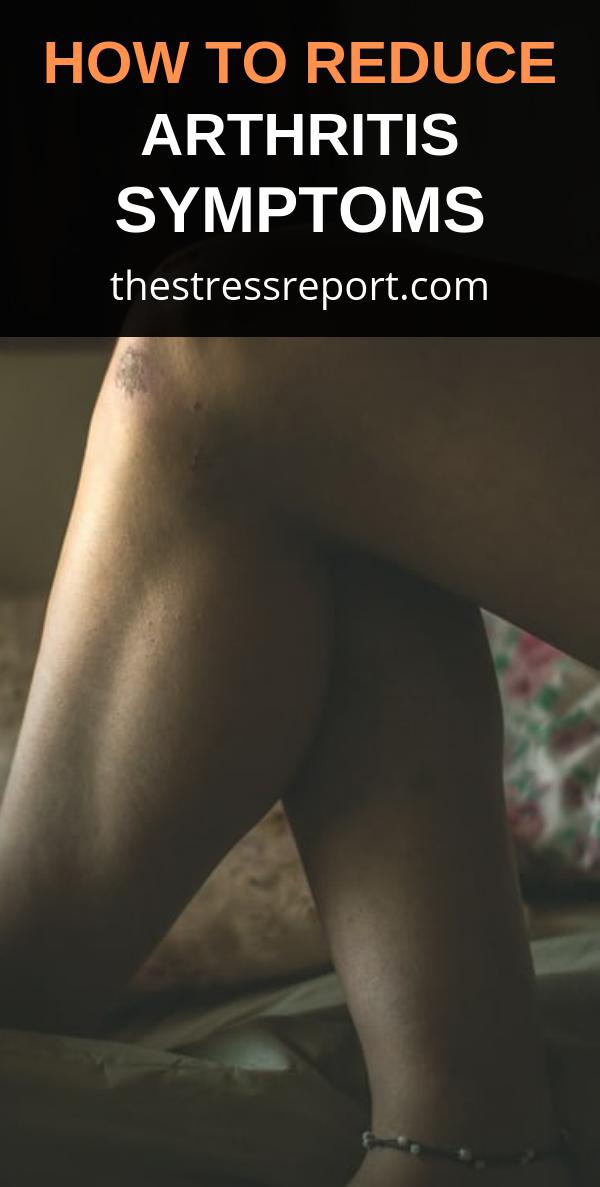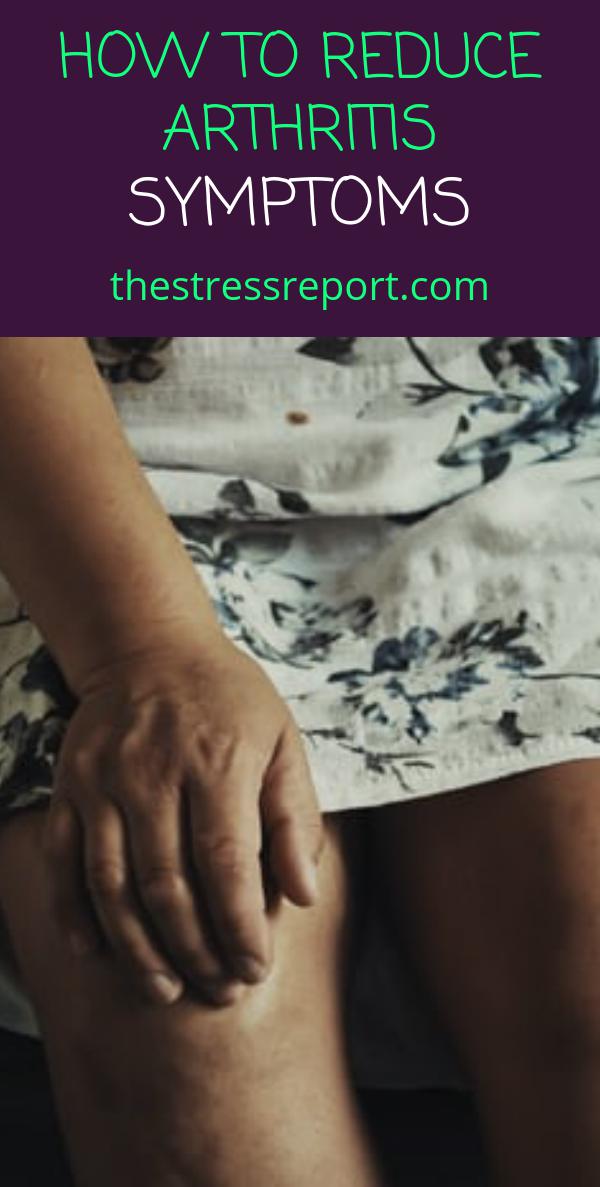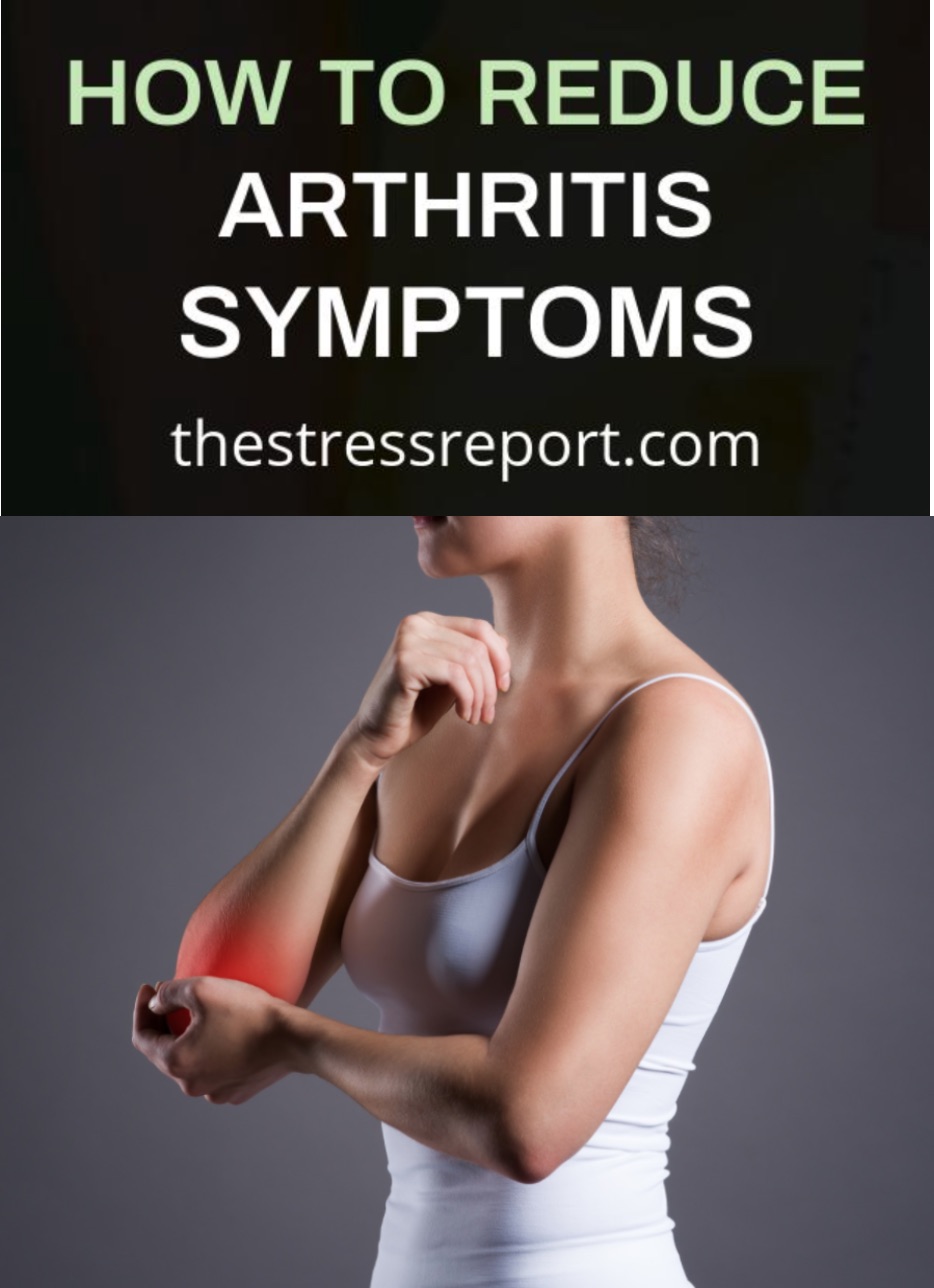Arthritis is a word used to describe inflammation of the joints. A person who suffers from arthritis may have joint pain, which may radiate down the arm and cause difficulty while the joints move.
The joints are where your body moves and the cartilage which cushion the joints to support the movement. Arthritis happens when the cartilage becomes damaged and doesn’t replace itself as it should.

Arthritis can also be termed as having ‘swelling’ which can range from mild to severe. It affects one or both joints.
Arthritis usually begins in the first stages when there is swelling in the joint area, joints become inflamed, and mild to moderate pain occurs. The joint may also appear red and swollen. Other symptoms include stiffness, warmth, burning, and discomfort.
These symptoms are caused by the inflammation in the joint and are normally caused by an injury. In other words, the swelling may not be caused by a serious disease but may simply be a side effect of some trauma. As the inflammation progresses, the joint then becomes swollen and painful.
Arthritis affects the bones in the joints and can cause stiffening, especially if it persists for more than six months. However, arthritis symptoms are often very hard to detect until the affected joint has a large swelling.
So, what causes arthritis symptoms? The answer is quite simple: poor blood circulation to the affected joints.
Arthritis is believed to be caused by a lot of things. Generally, the damage in the joint occurs when there is inflammation, usually as a result of arthritis. The blood flow to the affected joint decreases and the amount of swelling are then likely to increase. When this happens, the affected joint loses its mobility, and with the mobility comes joint pain, joint stiffness, and swelling. This is because there is no blood flow to the area to help the joint to lubricate and thus, the damage is not properly repaired.

Unfortunately, it is also possible for a person to develop arthritis type II where the problem is in more than one joint, not just one joint. Arthritis type II is known as osteoarthritis. In this case, the bones are not completely healed after they have been damaged and tendons that support bones are also more susceptible to damage.
The good news is that there are many things that can help reduce arthritis symptoms. Some of these ways are just changing the way you eat, get regular exercise, getting some quality sleep at night, reducing stress, and getting enough rest. There are also things you can do yourself to help reduce the inflammation and pain of arthritis.





